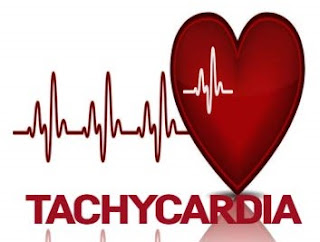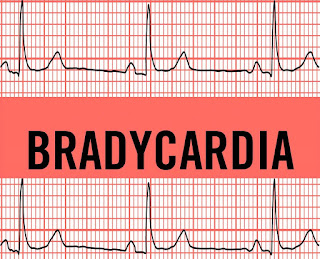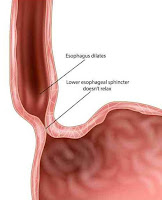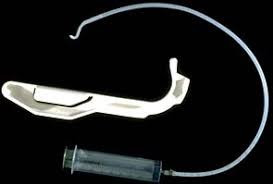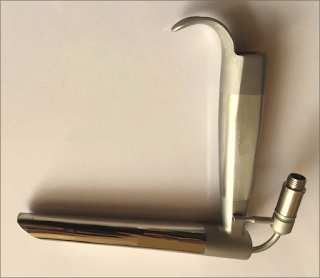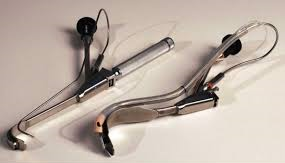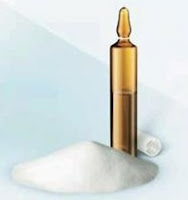Budd–Chiari Syndrome
-A syndrome caused by obstruction to
the hepatic venous outflow and resulting in a clinical picture of hepatomegaly
and portal hypertension. It may be secondary to hematological disorders,
malignancy, oral contraceptives, heart failure, or constrictive pericarditis.
-The three main sites of obstruction are:
1-Inferior vena cava
2-Large hepatic veins
3-Small
intrahepatic venules.
-The condition may be acute or
chronic. Acute Budd–Chiari syndrome with hepatocyte necrosis may require urgent
portosystemic, decompressive, surgical, or interventional radiological
procedures.
-Untreated hepatic venous thrombosis
usually results in progressive liver failure and death. Medical treatment is of
little help, therefore shunt procedures or liver transplantation will be
needed.
Preoperative Findings:
1. Abdominal pain and swelling are
the commonest symptoms. Ascites and hepatomegaly will be present in the
majority. Vomiting, splenomegaly, jaundice, or bleeding from esophageal varices
may also occur. If the vena cava is involved there will be dependent edema.
2. Liver function abnormalities
depend on the site and severity of the obstruction. A liver biopsy may show
outflow obstruction, hepatic necrosis, and fibrosis.
3. Etiological factors include
polycythemia, paroxysmal nocturnal hemoglobinuria, antiphospholipid syndrome,
protein C deficiency, factor V Leiden, myeloproliferative disorders, and
mechanical factors, such as webs and tumors. Hepatic venous thrombosis has been
reported in association with ulcerative colitis, but in the patient described,
iron deficiency had concealed an underlying polycythemia vera.
4. Treatment is aimed at the
preservation of liver function and includes thrombolysis, angioplasty, stent
placement, portacaval shunt, mesoatrial shunt, and liver transplantation.
Anesthetic Problems:
1. Hepatic function may be
compromised.
2. Surgery may be required for
portacaval or mesoatrial shunt or liver transplantation. This has been
described in a patient with paroxysmal nocturnal hemoglobinuria.
3. Patients may present during
pregnancy when the condition must be distinguished from HELLP syndrome and
acute fatty necrosis of the liver. Antiphospholipid syndrome and preeclampsia
in a primipara presented with Budd–Chiari syndrome from thrombosis of the right
hepatic veins.
Thrombotic thrombocytopenic purpura
resulted in postpartum hepatic venous thrombosis. Paroxysmal nocturnal hemoglobinuria
has been associated with hemolytic crises and Budd–Chiari syndrome during
pregnancy. Maternal deaths have been reported.
Anesthetic Management:
1. Hematological examination is
important because, in the absence of mechanical causes for hepatic vein
thrombosis, there is a high incidence of underlying hematological
abnormalities; these include myeloproliferative disorders, and paroxysmal nocturnal
hemoglobinuria, systemic lupus erythematosus, and antithrombin III deficiency.
2. Assessment of liver function,
including coagulation.
3. Low-dose heparin infusion from
the first postoperative day has been recommended, with subsequent low-dose
aspirin and long-term anticoagulation to reduce the risks of graft thrombosis.
4. Liver transplantation will cure
the inherited thrombophilias, for example, factor V Leiden, protein C and S,
etc.
5. In a patient with paroxysmal
nocturnal hemoglobinuria who developed Budd–Chiari syndrome, the resolution was
achieved following bone marrow transplantation.
6. Pregnant patients with paroxysmal
nocturnal hemoglobinuria should be carefully monitored for the onset of Budd–Chiari
syndrome.













